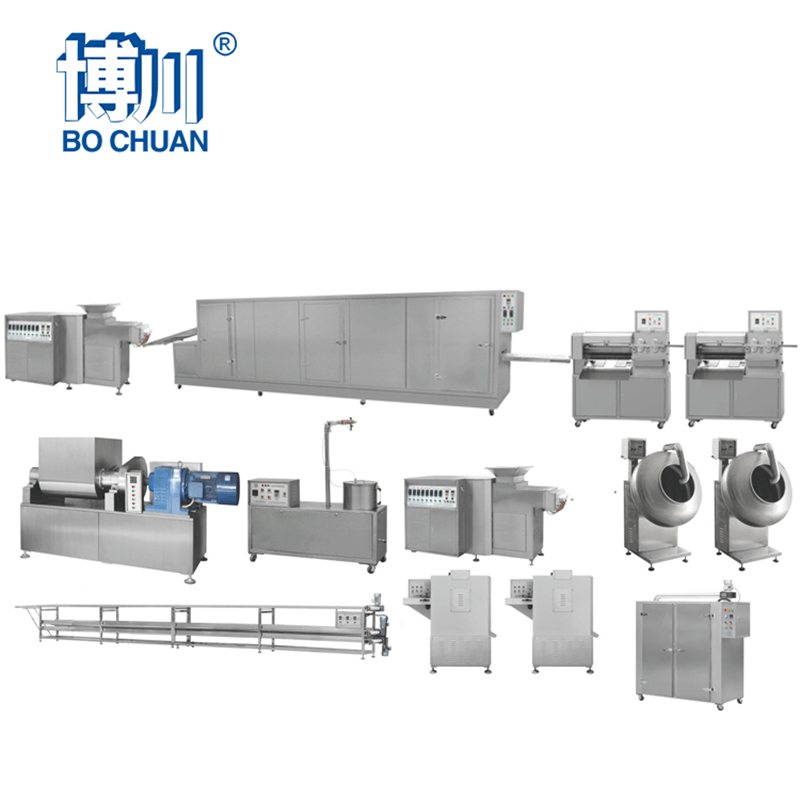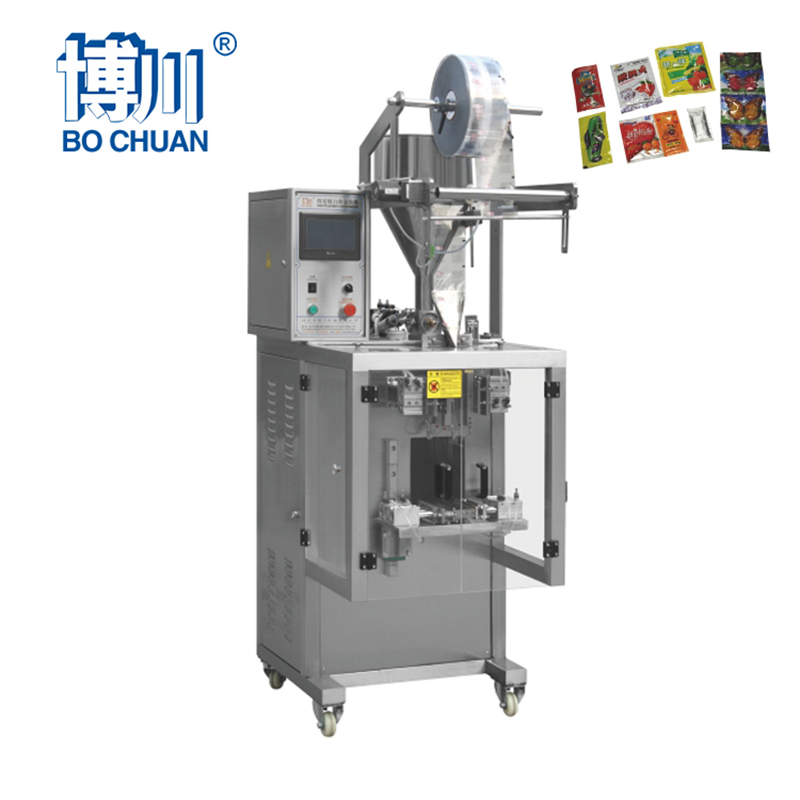By Charles H. Trillich / Co-Founder Packworld USA
Heat sealing technology has evolved over many decades to reduce cost and increase profit with precision heat sealing. This article reflects on these advancements and how to obtain perfect seals every time. Industrial Packing Machine

In recent years the methods and means of cutting and/or sealing plastic films and joining plastic components has advanced from an art to a science by the development and introduction of process controls that virtually guarantee perfect bonding every time. The development of this capability has been driven by the demand for plastic packaging materials in critical applications, especially in the life sciences, where validation is required and failure is not acceptable.
The art of heat-sealing plastic materials began more or less concurrently with the development of the thermoplastic materials themselves. Initially, the sealing of materials was accomplished by manual means with simple hot wands or sealbars. When sealed manually, the timing and the quality of the seal was inconsistent and dependent upon the skill of the operator. In addition, the seals were still hot when the sealing means was removed. Because heat-seals on plastic materials are not firmly bonded until the seal is cooled, the integrity of the seal was dependent upon “hot tack”, the ability of the film layers to adhere to each other while still hot from the sealing process. Plastic films were modified to increase their “hot-tack” qualities. This increased the cost of the film but did not necessarily improve the ultimate seal strength. In the meantime, it was critically important to handle the warm film with great care to avoid damage to the integrity or appearance of the seal. Prior to the introduction of Impulse Sealing Machines, sealing was accomplished by machines that were fitted with “hot bars” or “hot platens”. Hot bars and platens are still in use for applications where cooling control is not as critical to a specific application. Plastic sealing machines with “hot bars” use sealing bars that are constantly heated with cartridge heaters that are positioned within the bar as carefully as possible to deliver uniform heating to the sealing surface of the bars. Constantly heated bars and platens are useful in applications where the speed of the machine and the nature of the materials to be sealed offer a wide window of thermal opportunity. Some plastic film materials have a wide temperature range of seal-ability and will seal successfully in spite of a wide variation in sealing temperatures. However, many films do not offer a wide tolerance in the sealing temperature range. Most operations that seal or assemble plastic materials cannot afford the risk and attendant cost of creating defective products caused by a lack of time and temperature control. This is particularly true in packaging for healthcare, food, and precious or noxious materials. In the mid 1940’s “Impulse Heat Sealing” was introduced into the market. This was an important contribution to the art of heat sealing because it provided the opportunity to provide a momentary pulse of power through a relatively thin heating element that was pressed against two or more layers of plastic film. The energy supplied to the band produced enough heat to join the materials and the jaws could remain closed long enough for the seal band to cool and create an acceptable seal. The impulse sealing technique gradually gained acceptance and earned a significant share of the market, especially for sealing polyethylene and similar products. Early impulse heat-sealing machines could only be controlled by setting the voltage that is applied to the heatseal band and setting the timing of the sealing cycle. On manually operated machines, the duration of each cycle was determined from cycle to cycle by the skill of the operator because the temperature of the sealing band and bars became gradually warmer with every cycle. When an equal amount of energy is added to the sealing member with each additional cycle, the sealing temperature gradually rises and ultimately becomes too hot. Therefore, it must be frequently adjusted to avoid overheating
In the 1970’s, TOSS GmbH, in Germany, recognized the need for a high response temperature control system. The system would have to constantly monitor the temperature of the heatseal band, raise its temperature to a predetermined set-point in milliseconds, and hold it at a precise set-point for a predetermined sealing time to allow the seal to bond and cool. The new system also required a unique alloy that would replace the old nichrome heatseal bands. TOSS Alloy-20, ® was then introduced. This new alloy was able to predictably and measurably change its electrical resistance as a function of its temperature. An ultra-high response controller could then be used to monitor the actual temperature of the heatseal band by monitoring the change of its resistance.
As the application of TOSS Technology gradually unfolded, more and more custom packaging machine builders adapted the TOSS system to assure the performance of their machines. The value of enhanced precision became apparent. This created a demand for a standard line of heatsealing machines using TOSS Technology exclusively. In 1995, PackworldUSA was founded in response to this demand. PackworldUSA entered the market to produce heat-sealing machines with the philosophy that precision, quality, and durability are the highest priorities. This philosophy has proven to be successful. The value of PackworldUSA machines was first recognized by the health-care and life sciences companies where perfection and process validation is essential. Other industries soon recognized that durable precision heat-sealing machines quickly earn their keep by making perfect seals every time.
Sponsored content by Packworld USA
Save my name, email, and website in this browser for the next time I comment.
Browse the most current issue of R&D World and back issues in an easy to use high quality format. Clip, share and download with the leading R& magazine today.

Gutkha Packing Machine Copyright © 2023 WTWH Media LLC. All Rights Reserved. The material on this site may not be reproduced, distributed, transmitted, cached or otherwise used, except with the prior written permission of WTWH Media Privacy Policy | Advertising | About Us